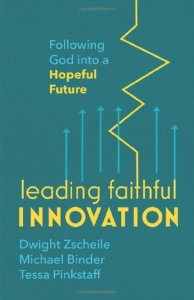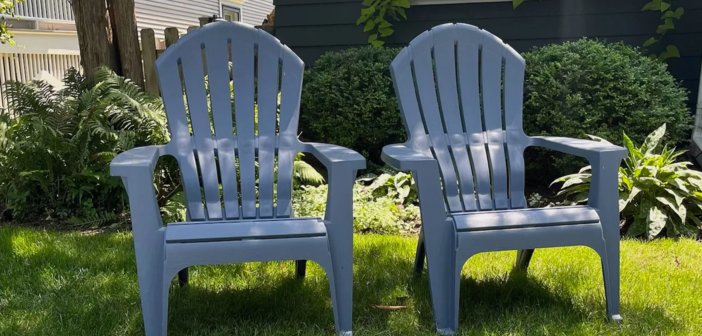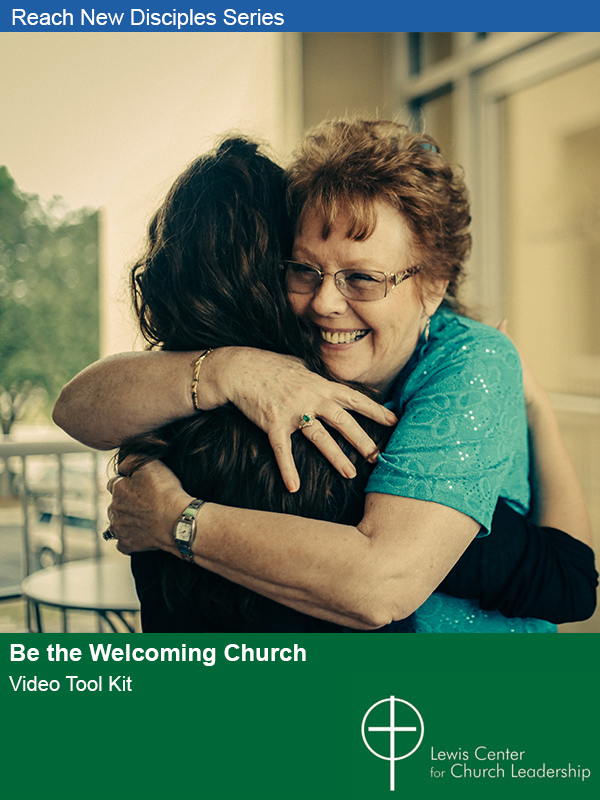The authors of a new book, Leading Faithful Innovation, explain how engaging in simple, repeatable, and affordable learning experiments can create an environment where people feel safe trying new things. They provide seven simple steps to help your church employ simple practices to get outside your comfort zone and connect with neighbors in new ways.
Most people do not like to do things they haven’t done before. People get uncomfortable when they aren’t sure what the end result is going to be. This is why faithful innovation often involves creating an environment where people feel safe enough to try new things together through learning experiments that are simple, repeatable, and affordable.
Your experiments should not be wildly disruptive to the life of your church. They should begin at the periphery of congregational life rather than at its center. For example, instead of experimenting with a new liturgy or worship element, encourage a team of people to simply spend time in their community and notice where they see God’s presence outside the walls of the church.
A pair of listening chairs
Here’s an example of a very simple action learning experiment. One congregation wanted to learn how to build relationships with their neighbors. They recognized that adult friendships don’t happen automatically just because people live near one another. In fact, many people come and go from their apartments or homes without ever engaging with their neighbors. The church wanted to tackle this problem, so they designed a simple, low-cost action learning experiment to help them discover how to help people bridge this gap in connection.
The experiment required an investment in some plastic Adirondack chairs. They are widely available from local thrift shops or home-improvement stores. Members of the congregation put pairs of their chairs out in front of their own homes and committed to spending time sitting in the chairs each day. This was admittedly an odd thing to do. In this church’s context, people usually sat outside in the back of their homes or apartments where there was more privacy.
By intentionally being present in the front yard almost every day for thirty minutes, the members of the church began to engage their neighbors differently. People walking their dogs would stop and say hello. The people from the church started to notice kids playing in their neighborhoods. Some neighbors came out of their own houses after a few weeks to introduce themselves. They said they had seen people sitting in front of their houses and had been meaning to come over and get acquainted.
The simplicity of this experiment contributed to its outcome. It didn’t need complex planning or scheduling because people were at home already. It just required the participants to behave differently and pay attention to what they learned. They started to see some of what God was doing in the lives of their neighbors by just sitting in lawn chairs.
Steps to get started
How can you begin leading an action learning experiment with people in your church? This list of steps can help you get started.
1. Invite a small group of people to join a team focused on practicing faithful innovation. Use whatever language for the team that makes sense in your context; experiment team, guiding team, R&D ministry, faithful innovation team, and so on.
2. Help your team pay attention to God by utilizing listening practices such as Dwelling in the Word, spiritual journey conversations, or prayer walks.
3. Design an experiment with your team that will help you learn about some aspects of your listening work. If your team heard about how people are struggling with mental health challenges, for example, you might design an action learning experience that focuses on that topic.
4. Make sure your action learning experiment has three things: a carefully defined learning objective, clear action steps, and a feedback loop where you can discuss what you learned.
5. Organize a time for the team to try your action learning experiment together. If you can’t do it with the entire team, have at least two people try it together.
6. Schedule a meeting time when the entire team can share together what they did and learned. Much of the learning comes from reflecting on their actions, asking questions that help the team interpret what they did and what it means.
7. Develop a plan to share stories of your experiences with people outside of the team. This can happen on Sundays at worship, through newsletters, on the website, or through social media.
Learning a new way to be church
One of the most challenging parts of action learning experiments is answering the why question. People might wonder: Are these experiments going to help invite more people to worship? Are these experiments going to help us get more young people into our church? Here’s a succinct answer to the why are we doing this question. We do action learning experiments to learn new ways to be the church and to be transformed personally as followers of Jesus.
These experiments are less about the people we’re reaching and more about opportunities for the congregation to grow as disciples of Jesus. Christian discipleship is fundamental to the mission of the church, and we grow in Christlikeness when we put ourselves in vulnerable positions, humbly engaging our neighbors as we learn to love them well. If we want to learn how to be the church in the twenty-first century, we must change. And the change has to begin with us. We have to become people who know how to get outside of our comfort zones and connect with our neighbors in ways that build trust and mutual respect.
 Excerpted from Leading Faithful Innovation: Following God into a Hopeful Future (Fortress Press, 2023) by Dwight Zscheile, Michael Binder, and Tessa Pinkstaff. Used by permission.The book is available at Fortress Press, Cokesbury, and Amazon.
Excerpted from Leading Faithful Innovation: Following God into a Hopeful Future (Fortress Press, 2023) by Dwight Zscheile, Michael Binder, and Tessa Pinkstaff. Used by permission.The book is available at Fortress Press, Cokesbury, and Amazon.
Related Resources
- Leading Faithful Innovation featuring Dwight Zscheile — Leading Ideas Talks podcast episode | Podcast video | In-depth interview
- Sustaining While Disrupting: The Challenge of Congregational Innovation (Fortress Press, 2022) by Doug Powe and Lovett H. Weems Jr.
- The Myth of the One Big Idea by Scott Cormode
Cover photo by Nancy E. Anderson via evanstonroundtable.com







